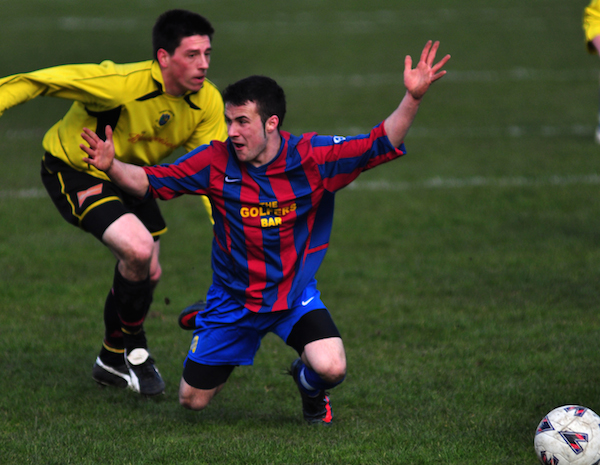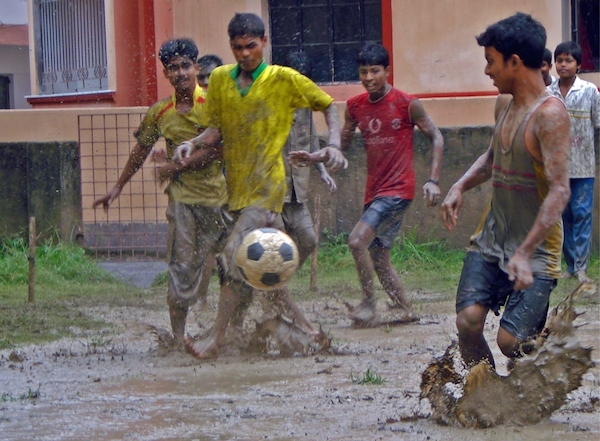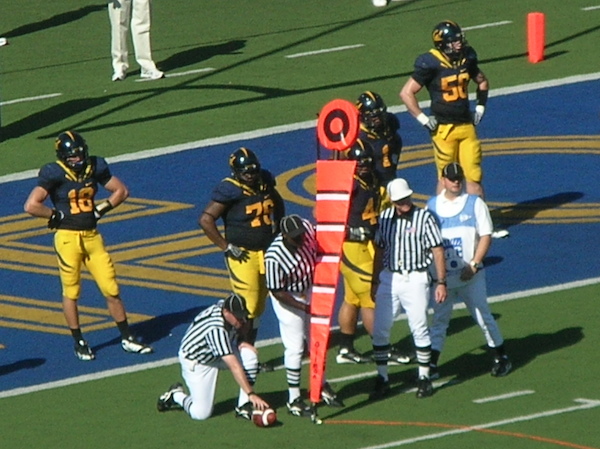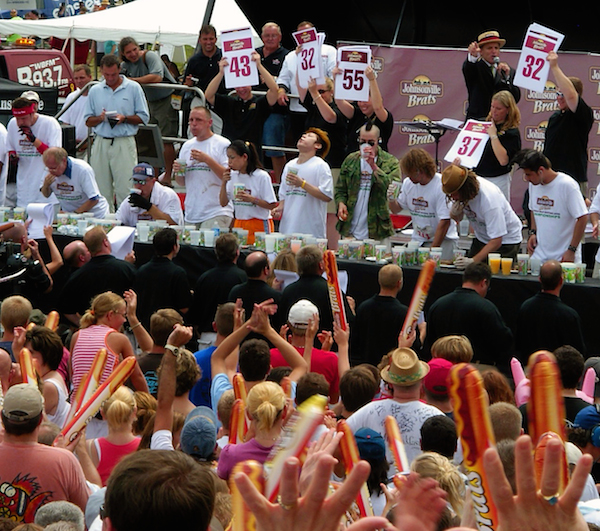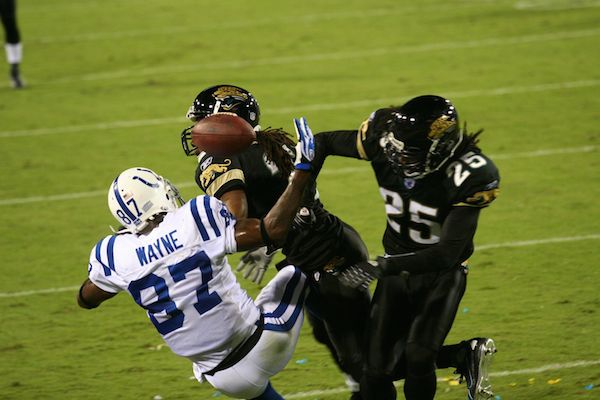Dear Sports Fan,
Why do baseball players wear belts?
Just sayin’,
Ashley
Dear Ashley,
Baseball, to a degree not seen in other sports, is grounded in traditions that have been around for over a hundred years. To us, and even to the players, some of the traditions make no sense – but because baseball is perceived, or wants to be perceived, as “America’s game,” something that’s unchanging and consistent throughout history, the traditions remain.
Which is a roundabout way of saying there’s no good explanation for why baseball players do a lot of things and you can just add this one to the list. When you think about baseball players’ attire, they’re actually more appropriately dressed up to go out to the club than they are to play a professional sport. Their shirt is actually a button-down, unlike every other major professional sport, where they wear jerseys of some sort. The players are given a sartorial choice when it comes to their socks: some pull their pants all the way down to their cleats, some have their socks meet their pants at the knee like an 18th century landowner. So there’s an element of (attempted) style to the baseball uniform that speaks to how the sport sees, or saw, itself.
This is a good opportunity to discuss the uniforms from the major (American) (male[1]) sports. Not how nice they are, but on whether the components of the uniform – jersey/pants/footwear/hatwear – would look most appropriate on a teenager, someone from the 80’s, a yuppie, or one of Dr. Evil’s evil henchmen – ignoring all of the logos, etc. To whit:
Basketball: Teenager. Easiest of the bunch. Tank top with long baggy shorts and sneakers. I just described half of the teenagers in America. Headwear: Some players wear headbands by personal choice – the only one of the major sports where headwear is optional, come to think of it.
Football: 80’s . When you come right down to it, football players are wearing cut-off tee shirts and (long) cut-off shorts – two regrettable legacies of the 80’s. Among many.
Hockey: Yuppies. Hockey players wear sweaters. ‘Nuff said.
Baseball: Yuppie. As discussed above, it’s a button-down tucked into long pants, complemented with a nice belt. Equally at home on the baseball diamond or at happy hour.
Golf: European yuppies. The collared shirts, the tight fitted pants, the visors – throw some sweaters around these guys’ shoulders and they could be on a yacht docked somewhere off the Riviera.
NASCAR: Dr. Evil’s evil henchmen. The jumpsuit is worn by everyone on the team. The driver gets a dark, tinted helmet. If Dr. Evil was sponsored by Home Depot, this is how his minions would dress.
Thanks,
Dean Russell Bell
- I’m barely qualified to speak on men’s fashion, so if you think I’m going to set my toe in the waters of commenting on women’s fashion, you’re out of your mind.↵



